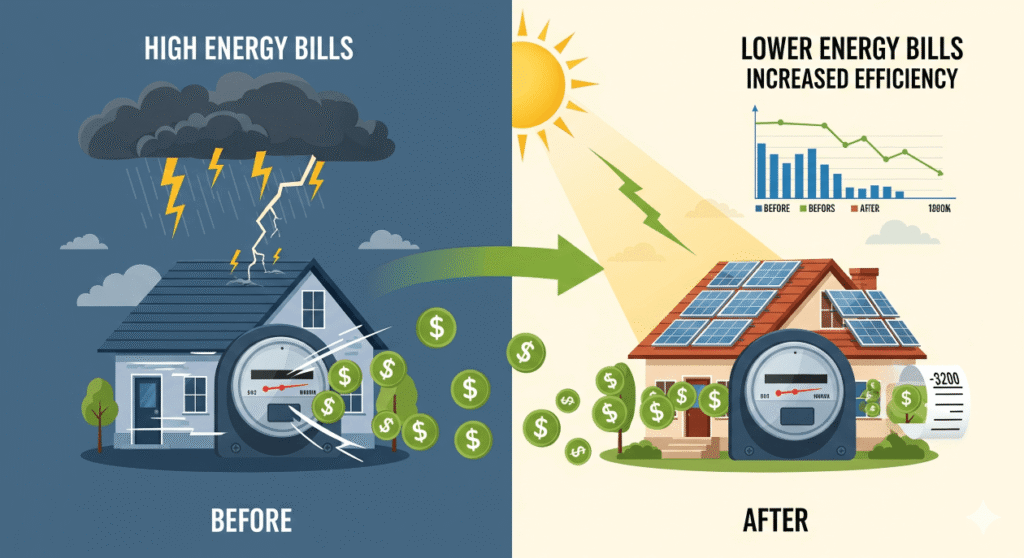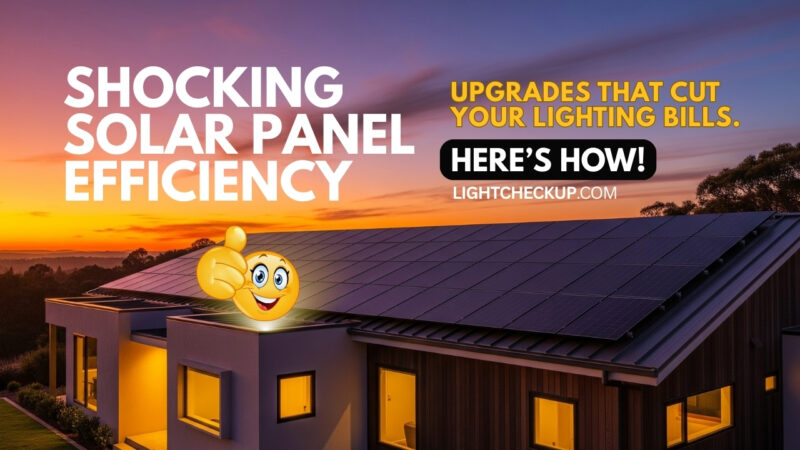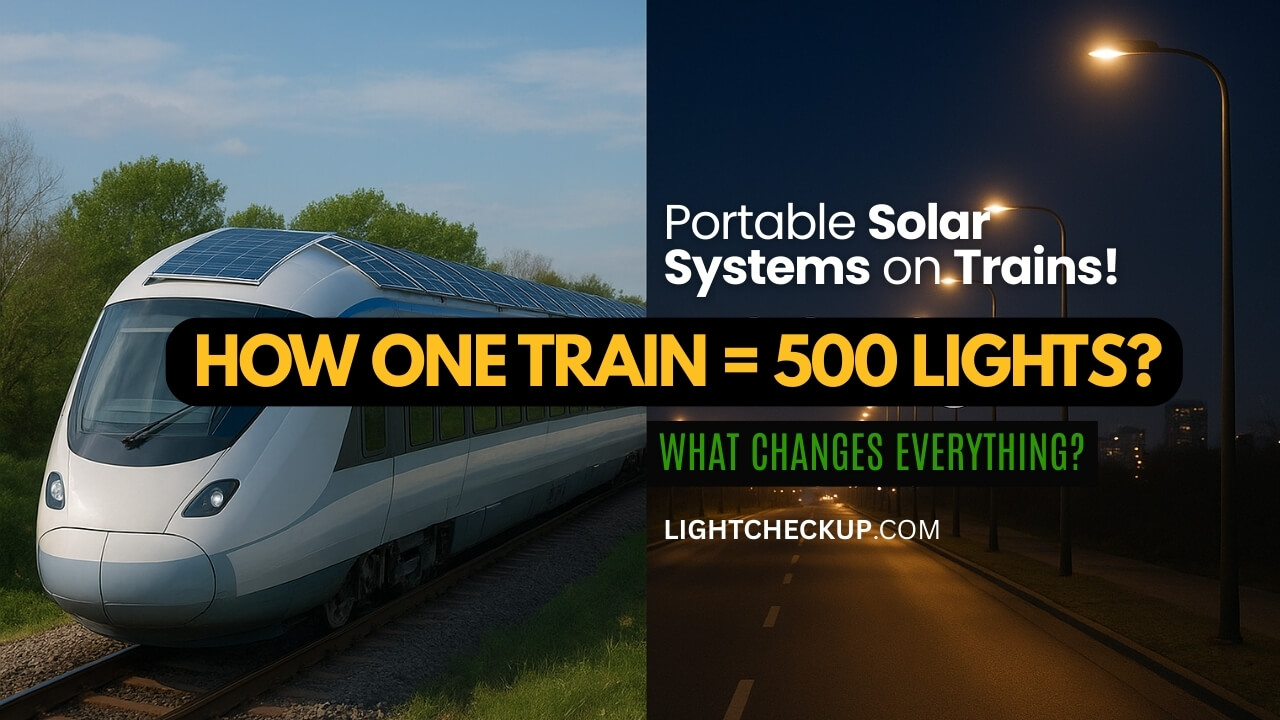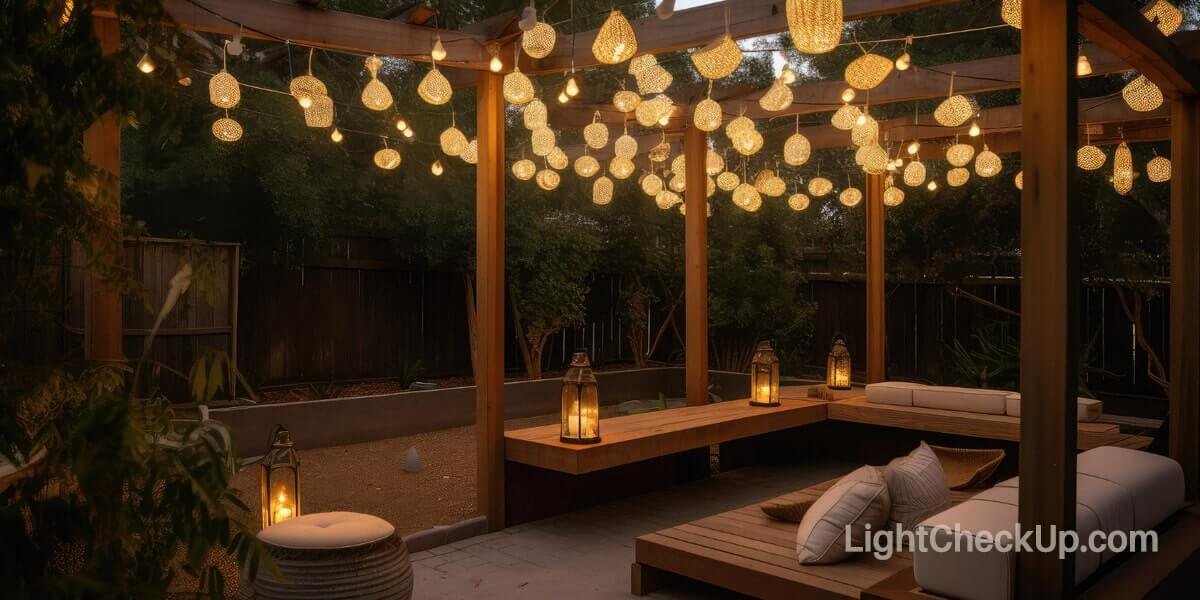Tired of paying sky-high electricity bills? You’re not alone. A study by the Resolution Foundation found that families with a 3-kilowatt (kW) solar system can save nearly 24% on energy costs.
But here’s the catch: many homeowners aren’t getting the full benefit from their panels.
The good news? With a few smart solar panel efficiency upgrades, you can dramatically cut bills, improve performance, and extend the life of your system.
Let’s explore the upgrades that can transform your solar panels into a true energy powerhouse.
The Hidden Potential of Your Existing Solar System
If you installed solar years ago, chances are your setup isn’t working as efficiently as it could. Over time, panels degrade, shading issues creep in, and old inverters drag down solar panel efficiency.
Why Older Systems Underperform?
Shading & panel degradation – Even partial shade on one panel can affect the whole system.
Outdated inverters – Old string inverters force every panel to perform at the level of the weakest one.
The solution? Modern technology like micro-inverters and power optimizers that allow each panel to operate at peak performance.
What is Solar Panel Efficiency?
Solar panel efficiency measures how well your panels convert sunlight into electricity. Better efficiency means more energy, which lowers your bills and boosts your investment in sustainable energy solutions.

What Determines How Much Energy Your Panels Produce?
The amount of energy your solar panels generate depends on several factors. These include panel quality, installation setup and local weather conditions. High-quality panels with advanced technology can produce electricity even in poor weather conditions, making them a smart investment for homeowners.
How Efficiency Losses Translate to Higher Electric Bills?
When your panels operate inefficiently, you end up using more grid power—and paying higher bills. Panels lose efficiency as they age, when they aren’t maintained, or if they’re installed incorrectly.
For example, pairing a string inverter with panels of different sizes reduces overall system performance.
Read Also: Do Solar Panels Need Direct Sun or Just Light to Work? Must Read.
The Real Cost of Inefficiency in Dollar Terms
Inefficient solar systems drain your wallet. A 10% efficiency loss can add $100–$200 to your annual energy costs. If you upgrade to micro-inverters or power optimizers, you can boost your output and save money instead of wasting it.
Identify Your System’s Efficiency Rating
Solar systems that don’t work well cost a lot of money. If you lose 10% of the heat, you could end up paying $100–$200 more each year on your energy bills.
If you upgrade to micro-inverters or power optimisers, you can increase your output and save money instead of wasting it.
Read Also: Can you put solar panels on a Mobile Home? Read This Before Installing.
Game-Changing Upgrade #1: Micro-Inverters & Power Optimizers
Traditional string inverters process energy from all panels together. If one panel underperforms, the entire system suffers.
Why Upgrade?
- Micro-inverters give each panel its own inverter, so shading or dirt on one doesn’t affect the others.
- Power optimizers fine-tune each panel’s output for maximum efficiency.
Upgrade Steps
- Assess compatibility with your current system.
- Choose the right technology for your panels.
- Hire a certified installer to ensure proper setup.
✅ Result: Boosted solar panel efficiency, higher energy yield, and improved ROI.
Game-Changing Upgrade #2: Home Battery Storage
A home battery lets you store excess energy instead of sending it back to the grid. This makes your solar system more valuable and reliable.
Benefits of Battery Storage
- Use solar power at night or during blackouts
- Reduce dependence on the grid
- Lower bills through time-of-use optimization
Popular Options
- Tesla Powerwall
- LG Chem RESU
- Sonnen ecoLinx
Correct battery sizing is key. Base it on your energy usage patterns, solar output, and desired level of grid independence.
Read Also: Automated Solar Panel Cleaning Systems: What are the secrets?
How to Choose the Right Upgrades for Maximum ROI?
Every household’s energy needs are unique. Here’s how to decide:
- High night-time usage? → Go for a home battery.
- Shading problems? → Invest in micro-inverters or power optimizers.
- Want long-term savings? → Prioritize upgrades that directly improve solar panel efficiency.
You can perform a DIY solar audit by checking for dirt, shading, or wiring issues. For a deeper analysis, consult a solar professional.
Cost vs. Savings: What to Expect?
Here’s a cost breakdown of common upgrades:
- Micro-inverters: $500–$2,000
- Power optimizers: $300–$1,500
- Battery storage: $5,000–$15,000+
While upfront costs may feel high, savings add up fast. Example:
- A $10,000 upgrade saving $200/month pays for itself in just over 4 years.
Plus, many regions (including the UK) offer tax credits and incentives to make these upgrades more affordable.
Read Also: Best Solar Panel Cleaning Kits (2025): Boost Efficiency & Save Money!
Conclusion: Transforming Your Solar Experience
Just improve the solar panel efficiency isn’t just about reducing bills—it’s about maximizing your system’s potential and moving toward energy independence.
- Micro-inverters and optimizers keep every panel performing at its best.
- Home batteries let you control and store your energy.
- Together, these upgrades can save you hundreds every year while supporting a cleaner planet.
If your solar system isn’t giving you the results you expected, now is the time to act. With the right upgrades, you’ll unlock more power, more savings, and more peace of mind.








